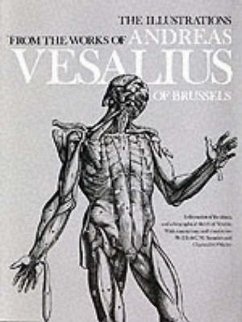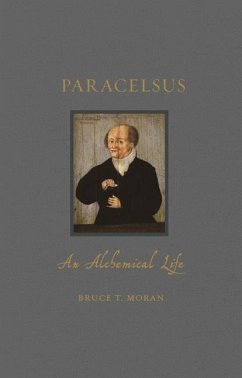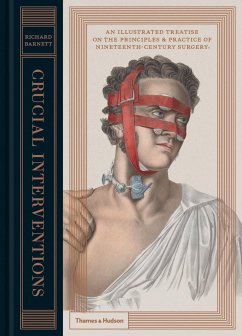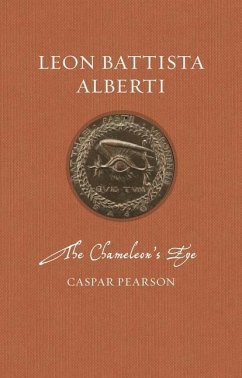
Versandkostenfrei!
Versandfertig in 2-4 Wochen

PAYBACK Punkte
12 °P sammeln!




A new perspective on the innovative Renaissance anatomist and physician Andreas Vesalius.
Sachiko Kusukawa is professor of the history of science at the University of Cambridge. Her books include Picturing the Book of Nature: Image, Text, and Argument in Sixteenth-Century Human Anatomy and Medical Botany, which won the Pfizer Award from the History of Science Society.
Produktdetails
- Renaissance Lives
- Verlag: Reaktion Books
- Seitenzahl: 224
- Erscheinungstermin: 13. Mai 2024
- Englisch
- Abmessung: 216mm x 143mm x 27mm
- Gewicht: 604g
- ISBN-13: 9781789148527
- ISBN-10: 1789148529
- Artikelnr.: 69080021
Herstellerkennzeichnung
Libri GmbH
Europaallee 1
36244 Bad Hersfeld
gpsr@libri.de
Für dieses Produkt wurde noch keine Bewertung abgegeben. Wir würden uns sehr freuen, wenn du die erste Bewertung schreibst!
Eine Bewertung schreiben
Eine Bewertung schreiben
Andere Kunden interessierten sich für











